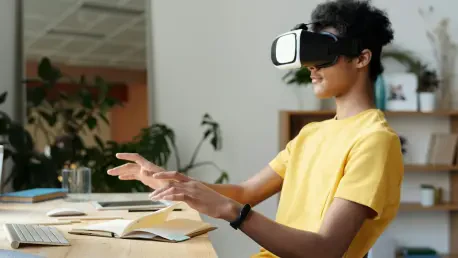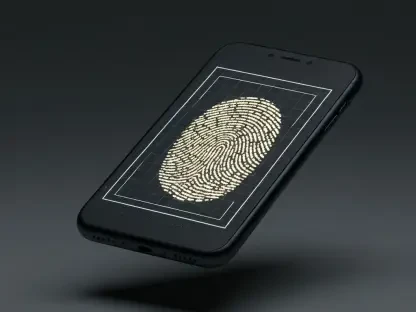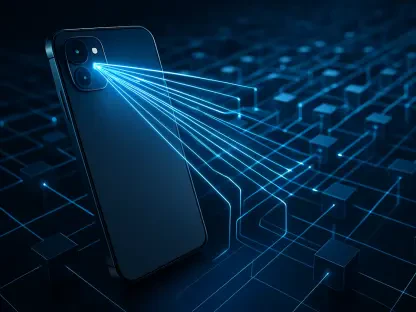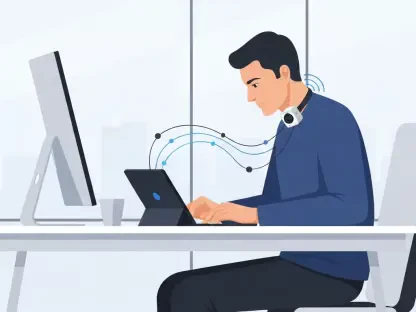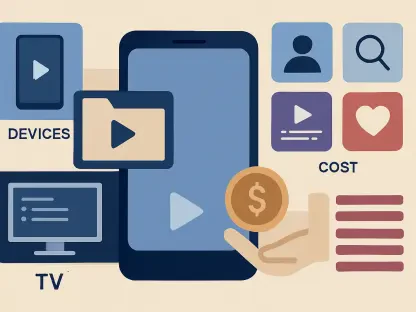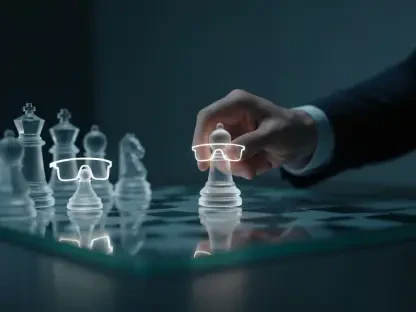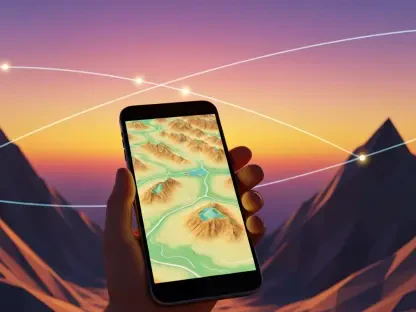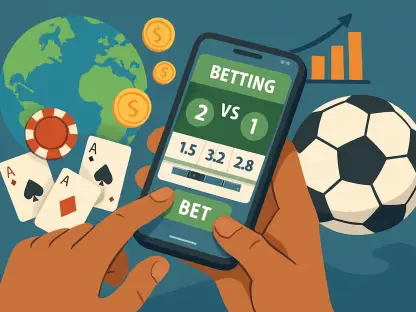In a rapidly evolving technological landscape, education is undergoing transformative changes driven by innovations like augmented reality (AR) and virtual reality (VR). This shift towards immersive learning environments isn’t just a response to changing times; it’s a proactive approach to making education more engaging, inclusive, and effective. By integrating 3D interactive content with traditional education methods, these technologies are redefining how students perceive and interact with knowledge. This fusion creates an enriched learning experience that caters to various learning styles, paving the way for deeper understanding and sustained interest. The growing incorporation of AR and VR into educational settings signifies a pivotal movement away from conventional teaching tools towards a more dynamic, interactive format.
The Rise of AR and VR in Education
Enhancing Learning Experiences
AR and VR have redefined traditional boundaries in education, providing students with experiences that were once considered futuristic. These technologies facilitate immersive environments where learners can engage actively, offering a sense of presence that a typical classroom lacks. For example, VR can simulate historical events or complex scientific phenomena, allowing students to explore and understand them beyond textbooks. Meanwhile, AR overlays digital content onto real-world environments, making subjects like anatomy more tangible and interactive. This application of immersive technology enhances learners’ comprehension by presenting information in an experiential format that fosters retention and understanding.
What’s driving this rapid adoption is not just technological advancement but a fundamental shift in educational priorities. The focus is now on providing students with the tools to think critically and innovatively, skills deemed essential in the modern world. The blend of gamified content in AR and VR environments offers learners an engaging pathway that often results in improved motivation and better learning outcomes. By engaging multiple senses and providing immediate feedback, these technologies encourage students to experiment and learn through doing, which traditional methods might not fully accommodate.
Key Technological Components
The application of AR and VR in education hinges on various technological components that work together to create seamless experiences. Head-mounted displays are crucial in VR applications, immersing students into different worlds, while AR-enabled apps bring elements of learning into the real world. These devices provide access to content that was once out of reach, transforming classrooms into interactive learning spaces. Additionally, 3D modeling software and content management platforms play pivotal roles in creating and distributing customized educational content. These tools ensure that educators can tailor experiences to curricular needs and individual learning paces.
AI-integrated engines further enhance these experiences by providing personalized feedback and adapting content to the learner’s progress. This personalization helps in addressing the varied learning curves of students, ensuring that each receives the attention and resources required to excel. The infrastructure supporting these technologies is continuously evolving, thanks to advancements in mobile and wearable technology, providing educators and learners with easy access to high-quality immersive experiences.
Global Expansion and Implementation
Investment in Digital Infrastructure
The expansion of AR and VR within the educational sector is underscored by significant investments in digital infrastructure across the globe. Governments and educational institutions, particularly in North America, Europe, and Asia-Pacific, are increasingly investing in EdTech to build robust frameworks that support these innovations. These investments are aimed at ensuring equitable access to technology, narrowing the digital divide that can exist between different geographic and socioeconomic groups. By prioritizing digital infrastructure, these regions position themselves at the forefront of educational advancements, although challenges remain in ensuring seamless integration across diverse educational systems.
Investment isn’t limited to technology alone; educator training is another critical area of focus. To maximize the potential of these immersive technologies, educational programs are being realigned to educate teachers on the effective incorporation of AR and VR into curricula. This training equips educators with the necessary skills to facilitate interactive learning environments and helps to bridge any generational technology gaps. By fostering fluency among teachers with these tools, the overall educational experience is enriched, benefiting learners across various disciplines and educational levels.
Influence on Various Educational Levels
The revolutionary impact of AR and VR extends to various levels of education, transforming K–12 classrooms, higher education, and corporate training environments. In K–12 settings, immersive learning enriches core subjects such as STEM, history, and language acquisition by making abstract concepts more relatable and easier to comprehend. Meanwhile, in higher education, particularly within specialized fields like healthcare, VR simulations offer practical exposure that traditional methods cannot, such as virtual dissections or complex surgical procedures. This hands-on experience is invaluable in preparing students for real-world applications, ultimately enhancing their professional readiness.
In corporate training, AR and VR are used to develop skills in a controlled, risk-free environment. Employees can practice new techniques or refine existing skills without the fear of real-world consequences, which is particularly beneficial in fields requiring high precision or safety, such as emergency response or mechanical repair. This approach not only fosters skill acquisition but also promotes lifelong learning, a necessity in today’s fast-paced job market.
Future Implications and Opportunities
Augmented Reality (AR) and Virtual Reality (VR) have transformed traditional education by offering experiences that previously seemed futuristic. These technologies create immersive, engaging environments that a standard classroom cannot provide. For instance, VR allows students to reenact historical events or delve into complex sciences, granting insights beyond what textbooks offer. AR, on the other hand, layers digital information over real-world settings, making subjects like anatomy more interactive and accessible. Immersive technologies like these boost understanding and retention by presenting material in a hands-on, experiential manner. The rapid uptake of AR and VR in education results from a deeper shift in educational goals. Educators now prioritize equipping students with skills for critical and innovative thinking, which are vital in today’s world. The gamified nature of AR and VR captivates students, enhancing motivation and improving learning outcomes. By engaging various senses and offering instant feedback, these technologies encourage exploration and practical learning, areas where traditional methods may fall short. This dual approach not only excites learners but also deepens their comprehension.
